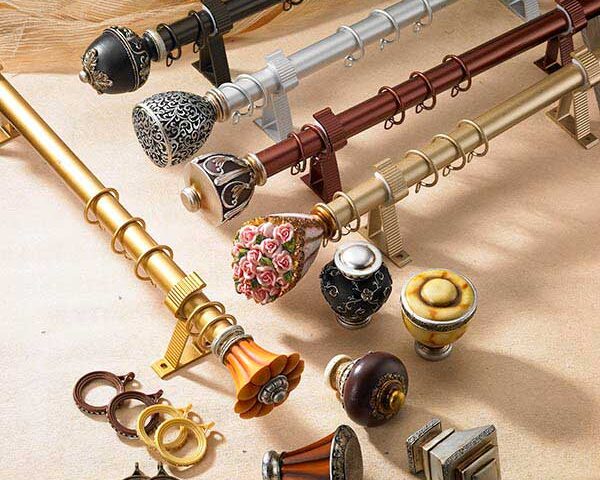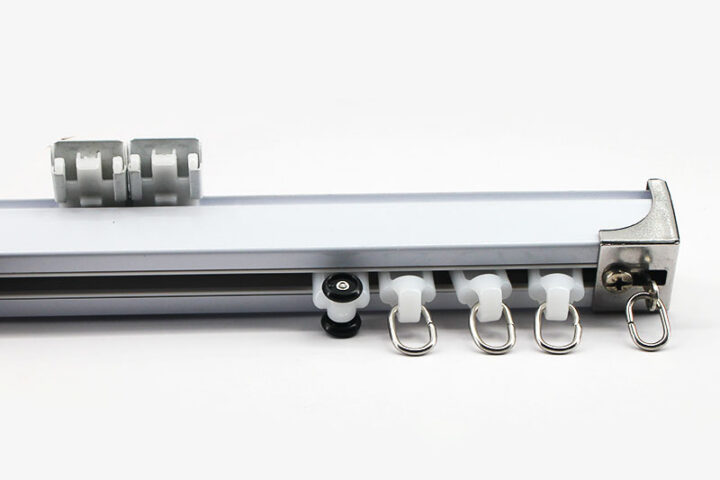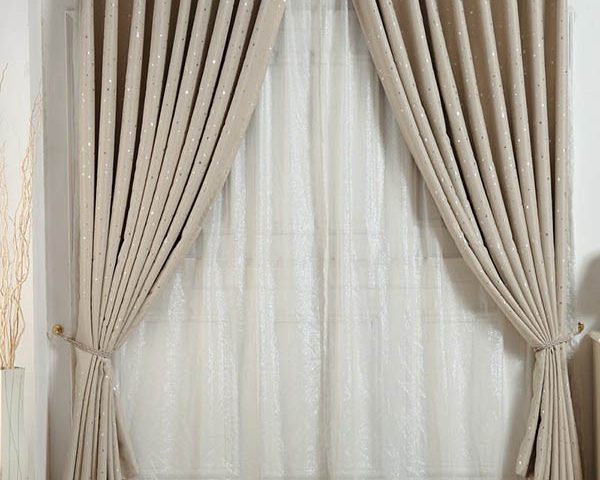The Curtain Rod Market: Trends, Challenges, and Opportunities
The curtain rod market, though a niche segment within the broader home decor industry, plays a vital role in enhancing the functionality and aesthetics of living spaces. As consumer preferences evolve and new trends emerge, the market for curtain rods has seen steady growth, driven by a blend of innovation, design diversity, and a growing emphasis on sustainability. This article delves into the current state of the curtain rod market, exploring key trends, challenges, and future opportunities.
1. Market Overview and Growth Drivers
The global curtain rod market has experienced consistent growth in recent years, with an estimated annual growth rate of around 5% to 7%. Several factors contribute to this upward trend. The increasing focus on home improvement and interior design, especially in the wake of the pandemic, has led many homeowners to invest in quality decor products, including curtain rods. Additionally, urbanization and rising disposable incomes in emerging markets have fueled demand for aesthetically pleasing and functional home accessories.
The market is characterized by a wide variety of products catering to different consumer needs. From basic, budget-friendly rods to high-end, designer options, the range of curtain rods available today is vast. This diversity has made it easier for consumers to find products that align with their specific tastes and interior styles, further driving market growth.
2. Key Trends Shaping the Market
Customization and Personalization
One of the most significant trends in the curtain rod market is the increasing demand for customized products. Consumers are no longer satisfied with one-size-fits-all solutions; instead, they seek curtain rods that reflect their personal style and complement their home decor. This trend has led manufacturers to offer a wider range of finishes, materials, and designs, as well as the option for custom sizing.
Smart Home Integration
The rise of smart home technology has also impacted the curtain rod market. Motorized and automated curtain rods, which can be controlled via smartphone apps or voice commands, are becoming increasingly popular. These products offer convenience and a touch of luxury, making them especially appealing to tech-savvy consumers. As smart home adoption grows, the demand for smart curtain rods is expected to rise.
Sustainability and Eco-Friendly Materials
Sustainability is a growing concern for consumers and manufacturers alike. In response, many companies are exploring the use of eco-friendly materials such as recycled metals, sustainably sourced wood, and biodegradable plastics. The trend towards sustainability is not only driven by consumer demand but also by regulatory pressures and the broader shift towards a circular economy.
3. Challenges in the Market
Despite its growth, the curtain rod market faces several challenges. One of the primary challenges is price sensitivity, particularly in developing markets where consumers may prioritize cost over quality. This has led to intense competition among manufacturers, who must balance affordability with the need to offer durable and stylish products.
Another challenge is the complexity of supply chains, especially in a global market. The sourcing of raw materials, manufacturing processes, and distribution networks can be vulnerable to disruptions, as seen during the pandemic. These disruptions have highlighted the importance of supply chain resilience and the need for manufacturers to diversify their sourcing strategies.
4. Future Opportunities
Looking ahead, the curtain rod market offers several opportunities for growth and innovation. The continued expansion of the smart home market presents a significant opportunity for manufacturers to develop new, technologically advanced products. Additionally, the trend towards sustainability is likely to drive innovation in materials and manufacturing processes, opening up new possibilities for eco-friendly curtain rods.
Customization will also remain a key area of focus, with consumers increasingly seeking products that can be tailored to their specific needs. Manufacturers that can offer a wide range of customization options, while maintaining high standards of quality and affordability, will be well-positioned to capitalize on this trend.
Conclusion
The curtain rod market, while traditionally seen as a small segment of the home decor industry, is evolving rapidly in response to changing consumer preferences and technological advancements. As the market continues to grow, driven by trends such as customization, smart home integration, and sustainability, manufacturers have a unique opportunity to innovate and capture a larger share of this dynamic market. Those who can successfully navigate the challenges and leverage the opportunities in the curtain rod market are likely to see significant success in the years to come.




